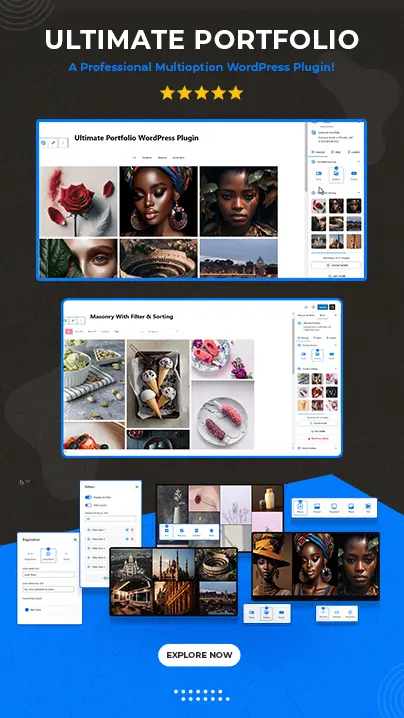
Voice search is an incredible tool that customers use to enhance and speed up their search process. The rapid growth of its popularity speaks for itself: by 2020, half of all searches are expected to be done via voice search.
One of the few things that hinder the further spread of this technology is some safety concerns that are present in it. Since its algorithms pick up the result that looks the most popular and legitimate, they can be fooled by criminals who may use underhanded tactics to bring their fake page to the top of the search results list. In fact, many people, especially those who enjoy the benefits of living in a smart home, find themselves needing to learn certain cybersecurity basics such as what is a VPN and how to protect traffic on their Wi-Fi routers.
Despite these concerns, optimizing your website for voice search is really important now and is going to become even more important in the very near future. It is only a question of time when all businesses will be optimized for voice search just as well as for regular Internet search, if not better.
So here are a few tips on how to make your website turn up first in voice search:
1. Understanding long-tail queries
When we search for some information or service using a traditional device with a screen and some form of a keyboard, we, obviously, have to type our query in. No matter how great our typing skills are, nobody is going to ask Google or any other search engine of their choice a question the same way we would ask a person. That’s simply not how it works.
Instead, we type something like “voice search optimization” and press search. This type of keyword is called a short-tail keyword. That’s what most people optimize their sites for these days because this is what most of their customers type in the search field.
However, it works differently. When using it, people tend to organize their queries in a more natural way, as if they were talking to another person. So, in our example, they would ask the search engine via their voice assistant “How do I optimize my website for voice search?”
This is a long-tail query, and this is what voice search optimization is in a large part about. Make sure that your content has the same natural feel to it and takes long-tail keywords into account to drive up your voice search traffic.
2. Getting featured
Or, more precisely, securing the featured snippet in the search results.
The thing with voice search optimization is that when people use it, they tend to go with the first result they get far more than in the case of traditional search. So, even if your website is firmly sitting on the first page, it won’t do you much good for the purposes of voice search unless it is the first one.
The featured snippet is what voice assistant read out to their owners when asked a question. And, if the answer is not up to the customer’s liking, they usually ask their question in a different way instead of scrolling down like they would with regular searching.
And hey – if your website gets the featured snippet, it won’t only be beneficial to your voice search optimization but also to your optimization in general as it is the most visible result on the page anyway!
3. Providing up-to-date information
More than half of people use voice search to find businesses in their area and what they want is relevant and updated information. That’s why it’s so important for your digital marketing and for your sales to make sure that the information about your enterprise on Google My Business is factual and doesn’t contain any errors that would dissatisfy your customers.
4. Not forgetting about optimization for mobiles
When your customers use voice search, they are the most likely to do it from their mobile devices. Thus, even if your site is super-optimized to turn up the first result for a particular voice search query, it won’t be of much use to you if its mobile version isn’t very good.
So, in addition to voice search optimization, your website should have a user-friendly version for mobiles. Without it, your customers will be likely to leave it as soon as they see that it loads too slow on their mobiles or that its formatting is unwieldy.
